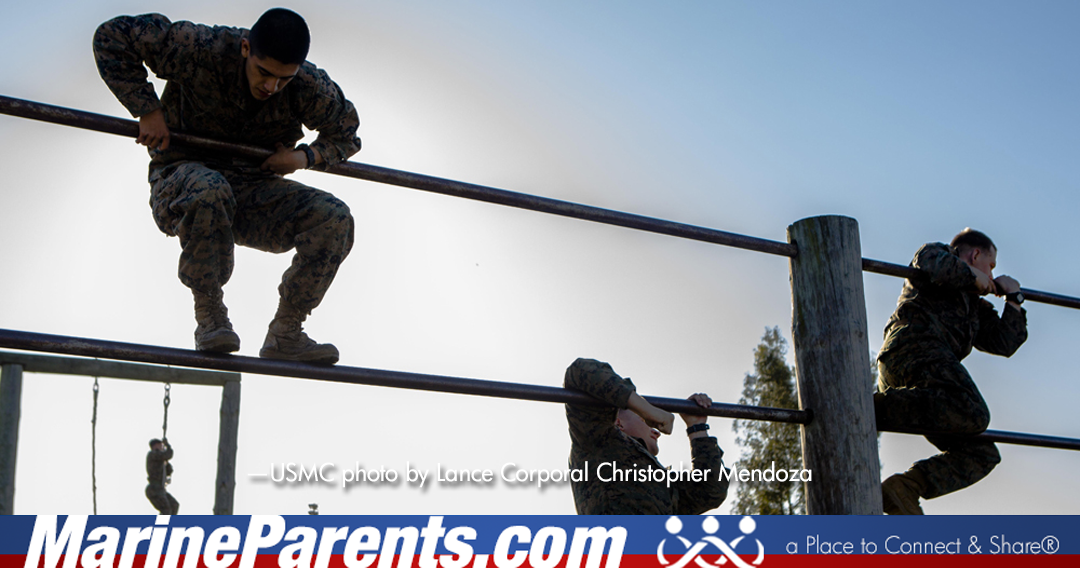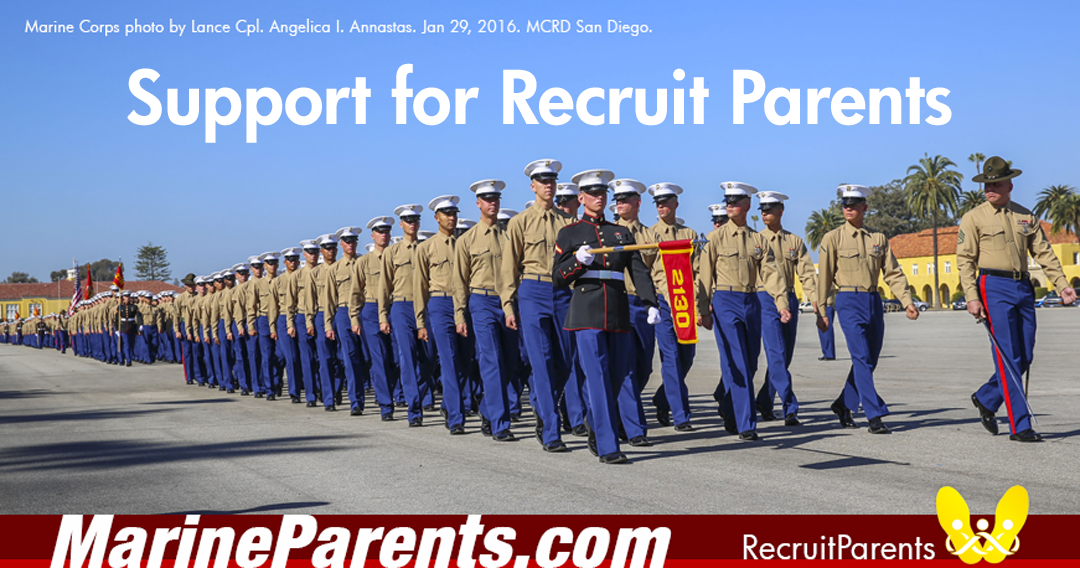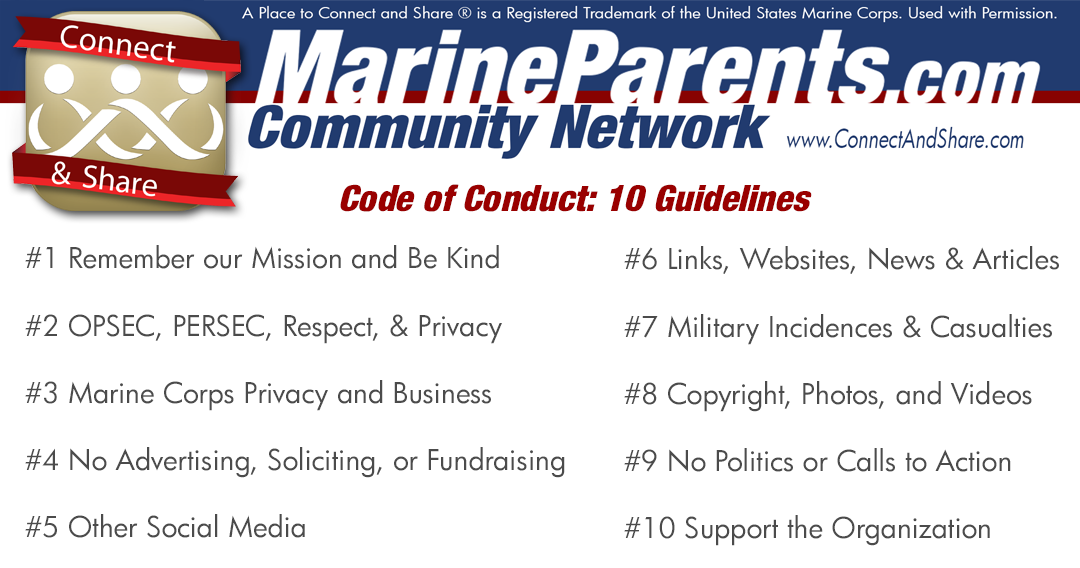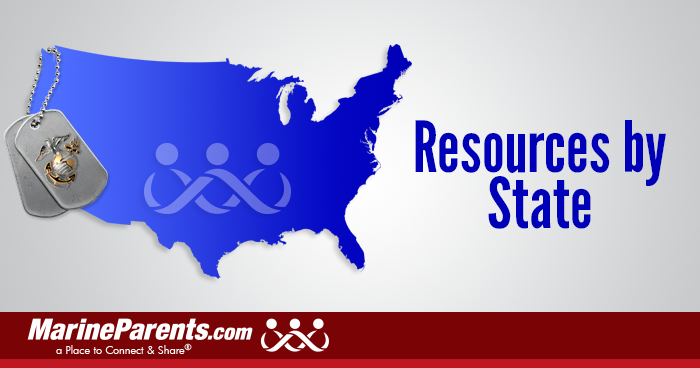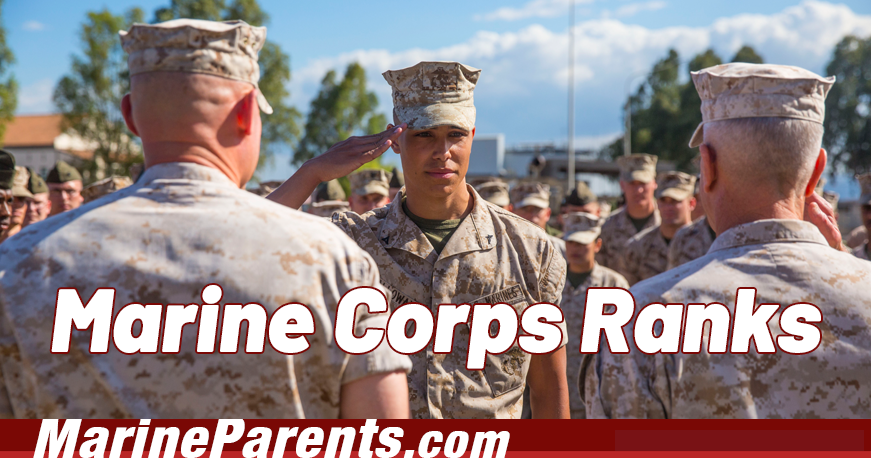
Marine Corps Physical Fitness
Effective January 1, 2019 the Marine Corps will implement changes to the Physical Fitness Test (PFT) and Combat Fitness Test (CFT). To read more about these changes click here.
When asked what your son or daughter is doing these days, you may have noticed a very impressed reaction when you tell whomever asked that he/she is a United States Marine. Undoubtedly, this is due to the illustrious history of the Corps, the rigorous 13-week boot camp, and the expectation that the Marines are in optimal shape. But what is the Marine Corps' secret to this standard of excellence? It has to do with the emphasis that individual Marines, as well as the Corps as a whole, place on physical conditioning.
Physical fitness standards are implemented as soon as recruits arrive at boot camp, where they are faced with an Initial Strengths Test (IST). The minimum expectations are as follows:
Male:
- 2 Pull Ups
- 35 Sit Ups (2 Minutes)
- 1.5 Mile Run - 13 1/2 minutes
Female:
- Flexed Arm Hang - 12 Seconds
- 35 Sit Ups (2 Minutes)
- 1.5 Mile Run - 15 minutes
From this point on, Marines are expected to improve upon their scores, as the physical fitness standards will only increase. At the end of boot camp, and annually throughout a Marine's career, he or she will take Physical Fitness Tests (PFTs). These tests are scored by a point system, with 300 being the highest score a Marine can earn on his or her PFT. To achieve a maximum score, a Marine must accomplish the following:
Male:
- 23 Pull Ups
- 115 Crunches (2 Minutes)
- 3 Mile Run - 18 minutes
Female:
- 10 Pull Ups
- 110 Crunches (2 Minutes)
- 3 Mile Run - 21 minutes
All Marines have the option of doing push-ups instead of pull-ups. However, by opting to do push-ups Marines will not be able to score the maximum 100 points on that portion. A maximum of 70 points can be scored by choosing to do push-ups.
The requirements for maximum scores vary by age group for both male and female Marines. Please refer to Marine Corps Bulletin 6100 for the requirements for each age group.
Marines 46 years of age and older have the option to select a 5km rowing event instead of the 3 mile run. Males must complete the event in 20:40 for the max score, and females in 23:30 for the max score.
Information from Marines.mil
The combat fitness test (CFT) is just as important for Marines as the physical fitness test is. However, they are different in the way the situations they are mimicking. Combat fitness is designed to measure a Marine's fitness as it relates to actual combat situations. To achieve a maximum score, a Marine must accomplish the following:
Male:
- 2:38 on the Movement to Contact
- 120 Ammo Can Lifts
- 2:04 on the Maneuver Under Fire
Female:
- 3:10 on the Movement to Contact
- 75 Ammo Can Lifts
- 2:42 on the Maneuver Under Fire
Again, the requirements for maximum scores vary by age group for both male and female Marines. Please refer to Marine Corps Bulletin 6100 for the requirements for each age group.
Marines are provided adequate time to maintain or achieve these levels of fitness throughout their time at the School of Infantry (SOI) and their fleet unit. Marines are not only provided with time to meet these physical standards, but are also expected to meet these standards. Typically, during the week, Marines will wake up between 4:00 and 6:00 A.M. and report to either their squad, unit, platoon, or, occasionally, their battalion, for morning Physical Training (PT). Morning PT can consist of a variety of exercises, depending on who is leading PT that day. Usually this is done in PT shoes, shorts, and shirts, but on occasion PT can be conducted in boots, trousers, and a shirt. This is known as a "boots and utes" PT. It is not unusual to go on a 3,5, or even a 7-mile run, or to conduct a combat conditioning hike with a full combat load for any of the aforementioned distances or beyond. PT can also include exercises at the beach, swimming pool, obstacle course, gym, or even a friendly game of "touch" football.
Maintaining and further developing these standards of physical conditioning are essential components of the Marine Corps. Being in top physical condition is a benchmark in the Marine Corps way of life and fosters the idea of "esprit de corps" within a unit.
